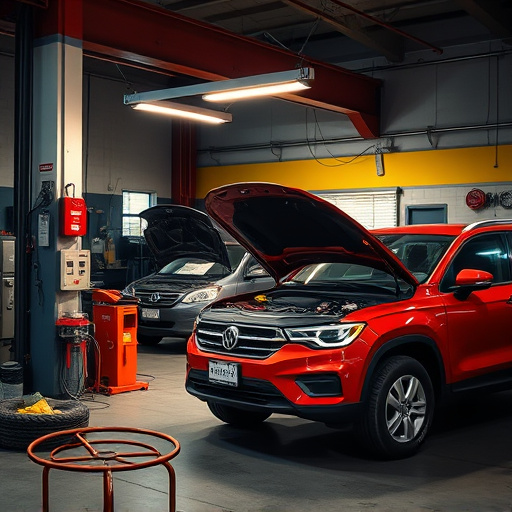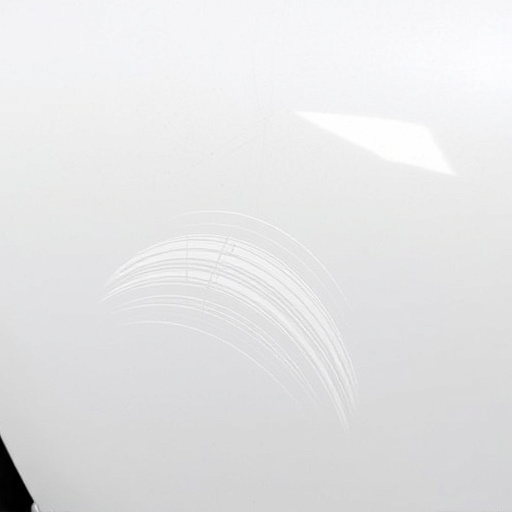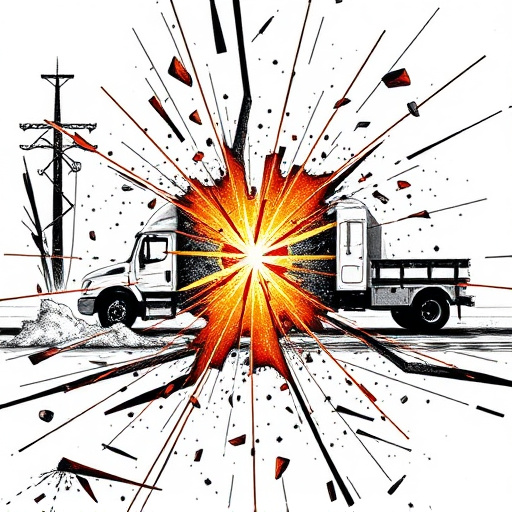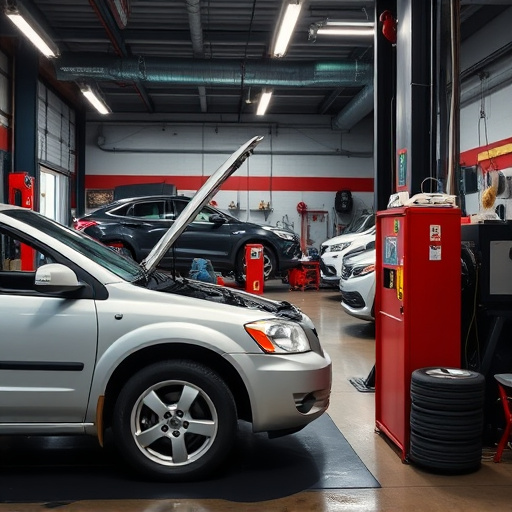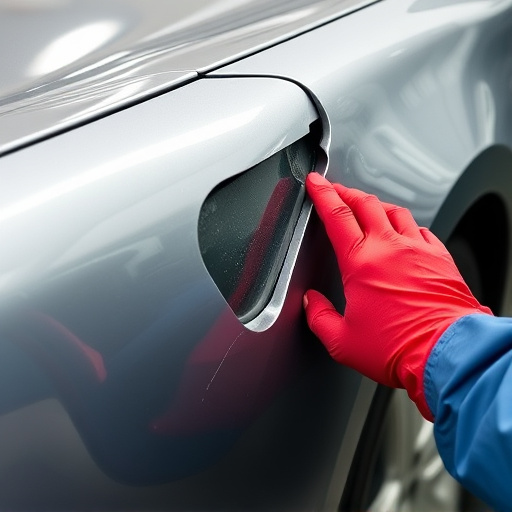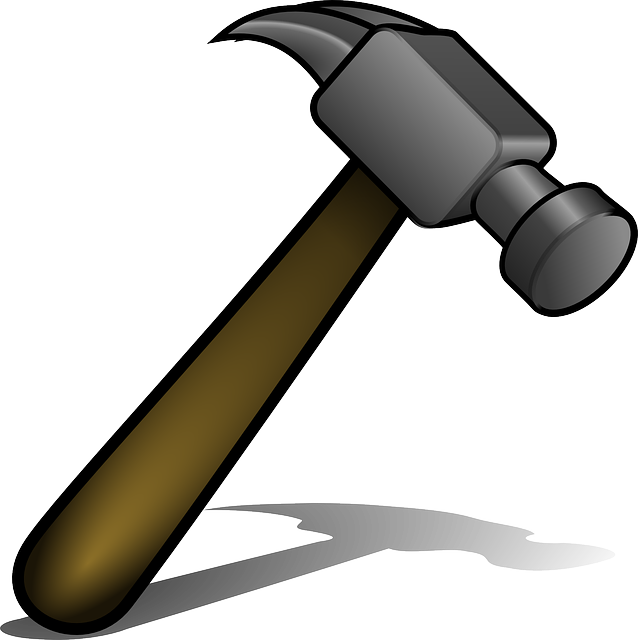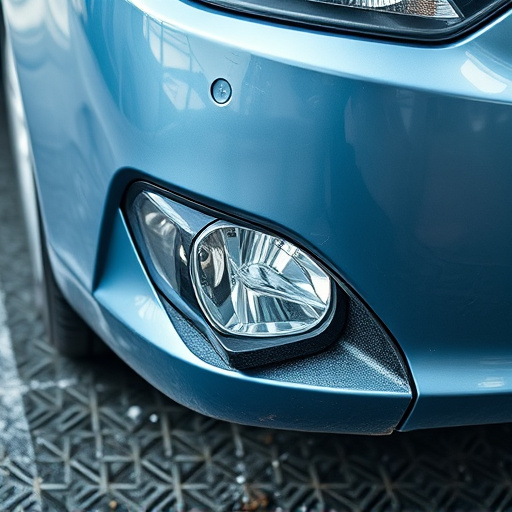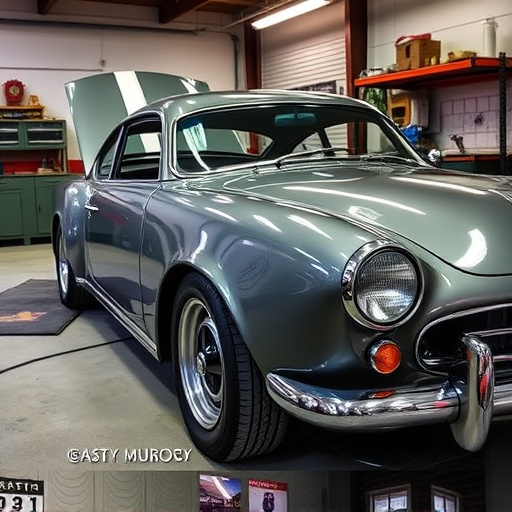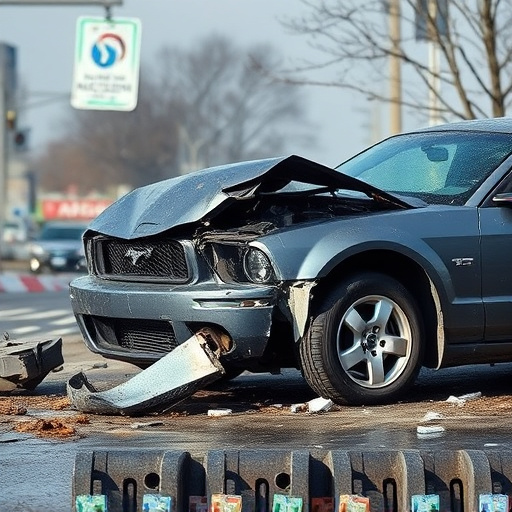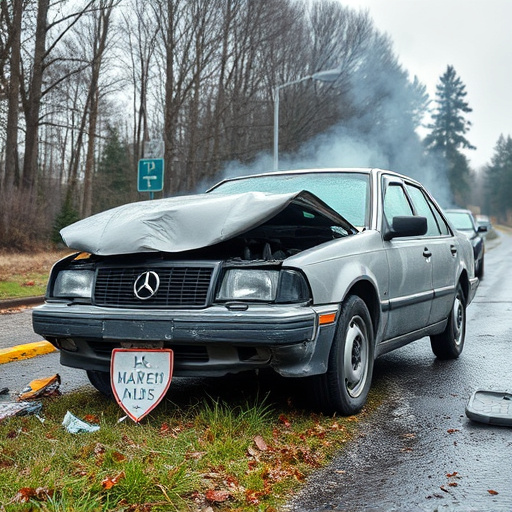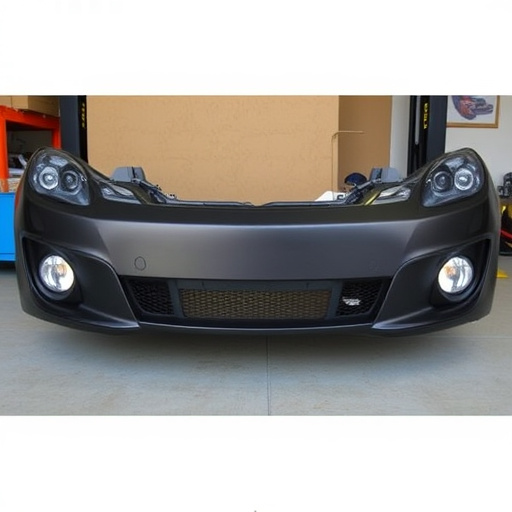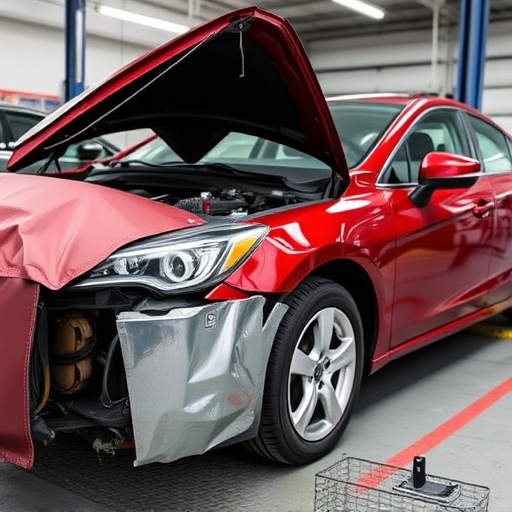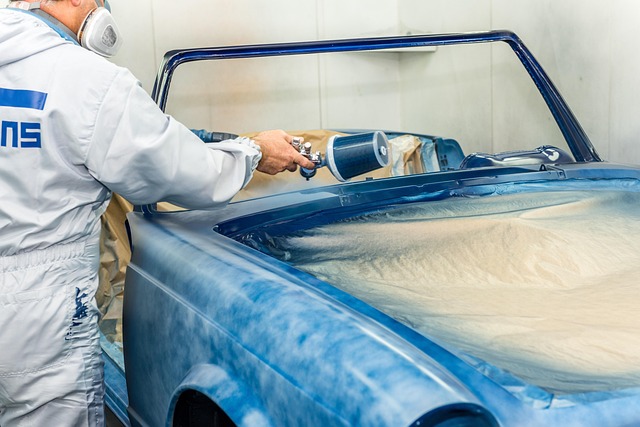Heat shield replacement is vital for vehicle safety and performance, protecting against heat damage & preventing costly repairs. Choosing durable materials ensures both aesthetic appeal and superior thermal protection. The process requires meticulous attention to detail, safety precautions, and adherence to manufacturer guidelines for secure installation.
Looking to upgrade your vehicle’s safety and performance? Consider the often-overlooked yet crucial component: heat shields. This article guides you through the process of replacing heat shields in both classic and modern vehicles. We’ll explore their vital role in protecting against thermal damage, common issues that arise, and how to choose the perfect replacement. Learn essential installation tips for a secure fit and safety considerations, making your vehicle not just run better but also safer.
- Understanding Heat Shields: Their Role and Common Issues
- Choosing the Right Replacement: Material and Compatibility
- Installation Process: Tips for a Secure Fit and Safety Considerations
Understanding Heat Shields: Their Role and Common Issues

Heat shields, often found beneath a vehicle’s hood or engine bay, serve as essential components that protect the car from intense heat generated by its internal combustion engine. Their primary role is to prevent heat transfer from the engine compartment to surrounding areas, including sensitive parts like wiring harnesses and fuel lines. Over time, these critical safety features can suffer damage due to various factors, such as road debris impact during a fender bender or exposure to harsh weather conditions—a common issue that necessitates a heat shield replacement.
While they may go unnoticed until a problem arises, damaged heat shields can lead to more significant auto body repairs if left unattended. For example, a broken heat shield could expose underlying components to excessive heat, potentially causing failures in electrical systems or fuel delivery mechanisms. Prompt recognition of issues and subsequent heat shield replacement are key to maintaining optimal vehicle performance and safety, ensuring that car paint repair is not required due to neglectful maintenance.
Choosing the Right Replacement: Material and Compatibility

When it comes to choosing a heat shield replacement for your vehicle, whether classic or modern, selecting the right material is paramount. Not only does the material need to withstand extreme temperatures, but it also must be compatible with your car’s make and model to ensure a secure and seamless fit.
Opting for high-quality materials like advanced composite or specialized metals can significantly enhance both the performance and longevity of your heat shield replacement. These materials not only offer superior thermal protection but are also designed to resist corrosion, ensuring that your auto body repair or vehicle body repair is durable and long-lasting. Car body restoration enthusiasts often appreciate the aesthetic benefits as well, with these materials contributing to a sleek, professional finish.
Installation Process: Tips for a Secure Fit and Safety Considerations

When replacing a heat shield on your classic or modern vehicle, the installation process requires careful consideration for a secure fit to ensure optimal performance and safety. Begin by thoroughly inspecting the area around the heat shield, removing any debris or old adhesive residue. This step is crucial as it ensures the new shield adheres properly. Next, align the replacement heat shield precisely with the vehicle’s structural components, particularly in complex areas like the engine bay or around exhaust systems. Utilise precision tools to create a clean surface for the adhesive, enhancing the bond strength.
Safety considerations are paramount during this process. Always wear protective gear, including gloves and safety goggles, as certain materials and chemicals used can be hazardous. Ensure adequate ventilation in the work area to avoid inhaling fumes from adhesives or solvents. Additionally, when dealing with hot components like exhaust systems, take extra precautions to prevent burns and ensure the heat shield is cooled before applying adhesive. Proper installation involves following manufacturer guidelines and using recommended fasteners, ensuring the heat shield is securely fastened without compromising other structural elements or vehicle performance.
When it comes to maintaining your vehicle, especially classic models, addressing heat shield issues is crucial. By understanding the importance of these components, selecting high-quality replacements from compatible materials, and following safe installation practices, you can ensure optimal engine performance and longevity for both classic and modern vehicles. Regularly checking and replacing heat shields as needed is a simple yet effective step towards proactive vehicle care. Remember, a well-maintained engine starts with proper heat shield replacement.
